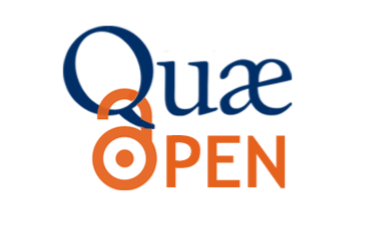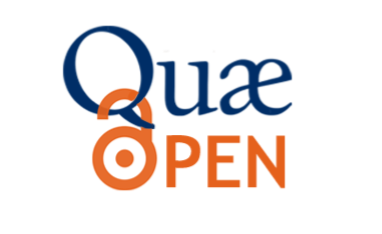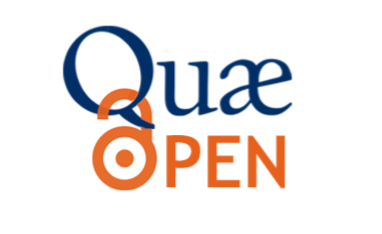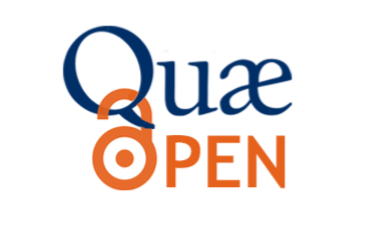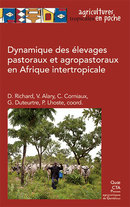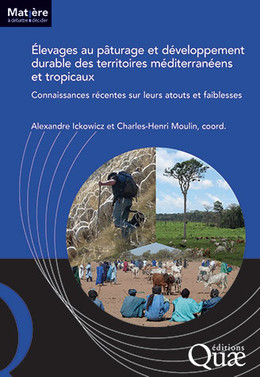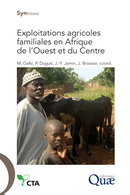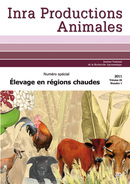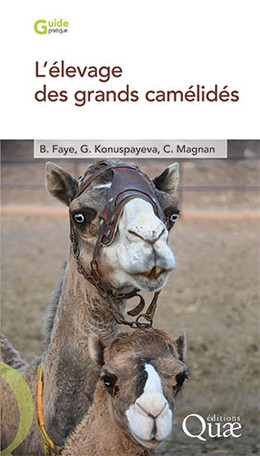Acknowledgements
Preface
Preamble
Chapter1 - Family-run ruminant grazing systems the in Mediterranean and Tropical areas and the challenges of sustainable development
Ruminant grazing systems in Mediterranean and Tropical areas
The potential contributions of ruminant grazing systems to SDGs and controversies
A general framework for conducting research on the contribution of livestock grazing systems to sustainable development
Chapter 2 - Adaptation to local and global shifts in livestock grazing systems
Introduction
Adaptation in Mediterranean and Tropical pasture vegetation
Livestock robustness: physiological and behavioural levers of adaptation
Genetic diversity and adaptation of local breeds to their breeding environment
The mechanisms of adaptation analysed at the level of families and local communities
Adaptation trajectories of livestock in the territories: where does grazing fit in? What are the key factors?
Conclusion
Chapter 3 - The quest for efficiency, an approach to increase the contribution of livestock farming to the sustainable development of territories
Introduction: efficiency, from a simple ratio to an operational analysis framework to support the sustainable development of livestock systems
Efficiency to account for the complexity of the contributions of livestock grazing systems to climate change
The pursuit of efficiency to support the agroecological transition in livestock systems
Multicriteria assessment of efficiency to account for the multifunctionality of livestock grazing systems
Conclusion and perspectives
Chapter 4 - Inventions and innovations to promote the contribution of livestock grazing systems to the agroecological transition of agriculture
Introduction
When we refer to inventions and innovations in our research on livestock grazing systems, what do we mean?
Inventions for better pooling information and integrating natural processes into the management of livestock grazing systems
Technical innovations to improve recycling and diversification of resources in livestock grazing systems
Organisational innovations to support the agroecological transition in territories and animal product value chains
Discussion and conclusion
Chapter 5 - Summary and conclusion. The place of family-run ruminant grazing systems in the Mediterranean and Tropical zones for sustainable development
Complex, diversified and dynamic livestock farming requiring improved insight
Contributions to the sustainable development goals that require support
Taking into account the multifunctionality of livestock grazing systems in the territories over the long term
General conclusion
References
Abbreviations and acronyms
List of authors
Credits

